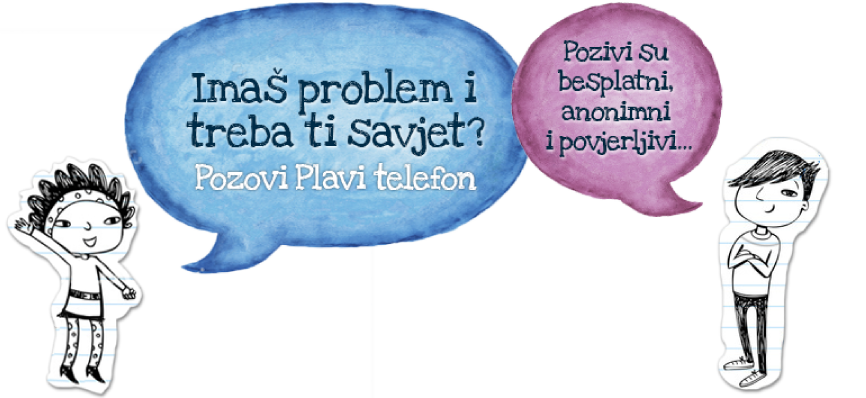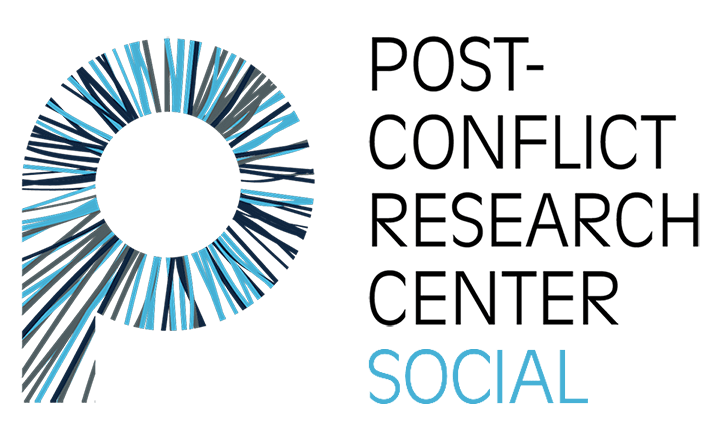
Despite the Convention on the Rights of the Child—a major legal framework ratified by 192 countries, including Bosnia and Herzegovina (BiH), 33 years ago—and other laws and mechanisms, children remain vulnerable to abuse and neglect.
They are often victims of domestic and other forms of violence, and advances in digital technologies create new dilemmas surrounding their rights and protection.
Regarding the protection of children, BiH relies on a number of domestic and international regulations. Legislative progress has been made, particularly in the areas of family law and criminal protection. This is according to Dino Kovačević, a teaching assistant at the Civil Law Department who specializes in family law at the University of Sarajevo Law School.
“Laws alone aren’t enough, and society has to do more because many children are always at risk of violence,” Kovačević stressed.
In the Federation of BiH, the Law on Protection from Domestic Violence and Violence against Women was enacted this year, which Kovačević says offers a wider scope of protection, including the recognition of child witnesses to violence as victims.
“We can’t rely entirely on penal momentum. The fight must be universal and non-selective,” Kovačević said.
Rights Violations, Violence, and Abuse Against Children
There is no comprehensive data on the number of reported rights violations and incidents of violence against children at the state level in BiH. Data for jurisdictional areas is available to social workers and non-governmental organizations if reports are made via the Plavi Telefon [Blue Phone] hotline or through the Human Rights Ombudsman of BiH.
Jelena Milanović, a spokesperson for the Banja Luka Social Work Center, stated that this year, they have received three reports of child abuse and five of neglect, while 195 incidents underwent social diagnostics.
According to the Sarajevo Canton Social Work Center, a total of 682 cases of neglect were registered in the canton last year. In 2024, a total of 356 children were recorded as victims of domestic violence.
During the past year, the Department for Monitoring the Implementation of Children’s Rights, overseen by the BiH Ombudsman for Human Rights, received 299 complaints related to violations of children’s rights. They note that other Ombudsman departments also handle such cases. They made 24 recommendations regarding violations and threats to children’s rights in the areas of education, social welfare, and health care.
Plavi Telefon also serves as a hotline for reporting violence and abuse, as well as provides additional support. Maja Kovačević from the association Nova Generacija [New Generation] said in their just over 12 years of operation, hotline advisors have responded to over 71,000 calls and 10,000 message inquiries, forwarding more than 320 reports of suspected violence against children and adults to the authorities.
“Out of the total advisory and informational calls, 12% are related to abuse and violence, the most common forms being emotional and physical violence, family violence, peer violence, and digital violence,” Maja Kovačević pointed out.
She explained that over 72% of reports come from adults reporting violence against children, while children and young people report roughly 27% of cases themselves, with girls reporting violence twice as often as boys.
This year, Plavi Telefon counselors responded to 5,327 calls, about 14% of which concerned violence and abuse, and they forwarded 53 reports of suspected violence to the authorities.

Maja Kovačević said that the number of reports of suspected violence has remained fairly steady over the last three years. About 50 reports are forwarded to the authorities annually, which is twice as many as before the pandemic.
Social Workers: The First Line of Defense
Violence against children not only threatens their immediate health but jeopardizes their ability to develop into adults capable of taking part in the wider community.
According to Milanović, working with children exposed to neglect and abuse is very demanding and involves emotionally upsetting cases. Additionally, social workers often face staff and resource shortages and other obstacles related to the inaccessibility of communities and failures to report violence. In some cases, the legal system fails to provide sufficient support, making social workers “the first line of defense for children who suffer violence.”
Draženka Osmanspahić, director of the Sarajevo Canton Social Work Center, listed several obstacles to preventing domestic violence, including insufficient material and human resources for programmatic and structured prevention. Additional challenges include timely response and continuous professional access to children and families after problems are identified.
“Centers don’t have the necessary and expected support from institutions and the state in terms of action on submitted proposals. These generally relate to regulatory changes, financial planning, activity restructuring for social and child protection institutions where children are placed, operationalizing new organizational units, and developing new services within the framework of existing institutions,” said Osmanspahić.
Asked about the involvement of the media, Dino Kovačević notes that the press often publishes photos, locations, and other details that expose children’s identities, violating victims’ privacy and safety in the most egregious way.
“Such information leads to secondary victimization, violates procedural integrity, and causes lasting harm to the child,” said Kovačević, calling for restraint and respect for basic professional codes.
Similar views were expressed by the Ombudsman for Human Rights, which warns against inappropriate reporting on cases of violence against children.
“Inappropriate media reporting—the publication of any details that reveal their identity or public presentation of details about the commission of a crime against them, which exposes their privacy—violates every right to privacy and additionally exposes them to traumatizing consequences,” states the Ombudsman.
They emphasize that children from socially and economically disadvantaged families and children without parental care, especially those placed in institutions, are exposed to a greater degree of social exclusion and abuse.
This vulnerability is confirmed by Plavi Telefon data, which shows children are most often abused in the very environments where they should feel safest. Children and young people most often experience violence within their immediate family, at the hands of fathers (16.2%), mothers (15%), or both parents (12%). A significant number of reports implicate peers (13.8%), while fewer implicate other family members and strangers. The most common forms of violence are emotional (34%) and physical (25.8%), with increasing incidents of digital violence and bullying also reported. This shows that violence follows children and young people beyond home and school.
Violence on Social Media
Although technology offers numerous educational and entertainment possibilities, it also opens the door to various forms of misuse, to which children are especially vulnerable.
Maja Kovačević highlights growing concerns about online violence:
“Since the pandemic, there has been an increase in conversations on the topic of online violence. Children and young people are most often contacted because of emotional violence on the internet, such as offensive or threatening messages, sexual harassment, and blackmail.”
The impact of digital transformations on children, including interaction with artificial intelligence, is a pressing issue that has raised new dilemmas about children’s rights.
“The development of digital technologies, social media, online communication platforms, and new forms of networking has not only changed the way children communicate and learn, it has exponentially expanded the space in which a child can be exposed to violence,” Dino Kovačević emphasized.
As he explained, violence is an affront to all human decency and virtue, especially when it targets society’s weakest and most vulnerable. He believes that all those who work with children need to have the specialized knowledge, skills, and professional abilities that go beyond the basics to ensure quality, safe, and child-centered work.






